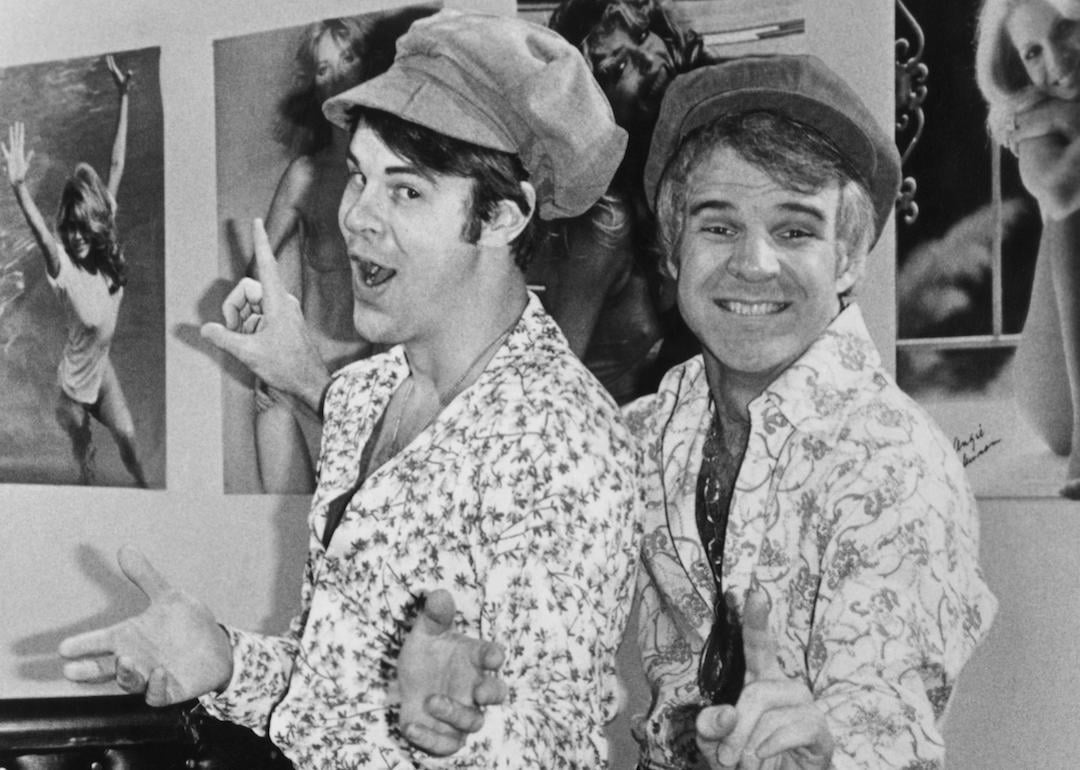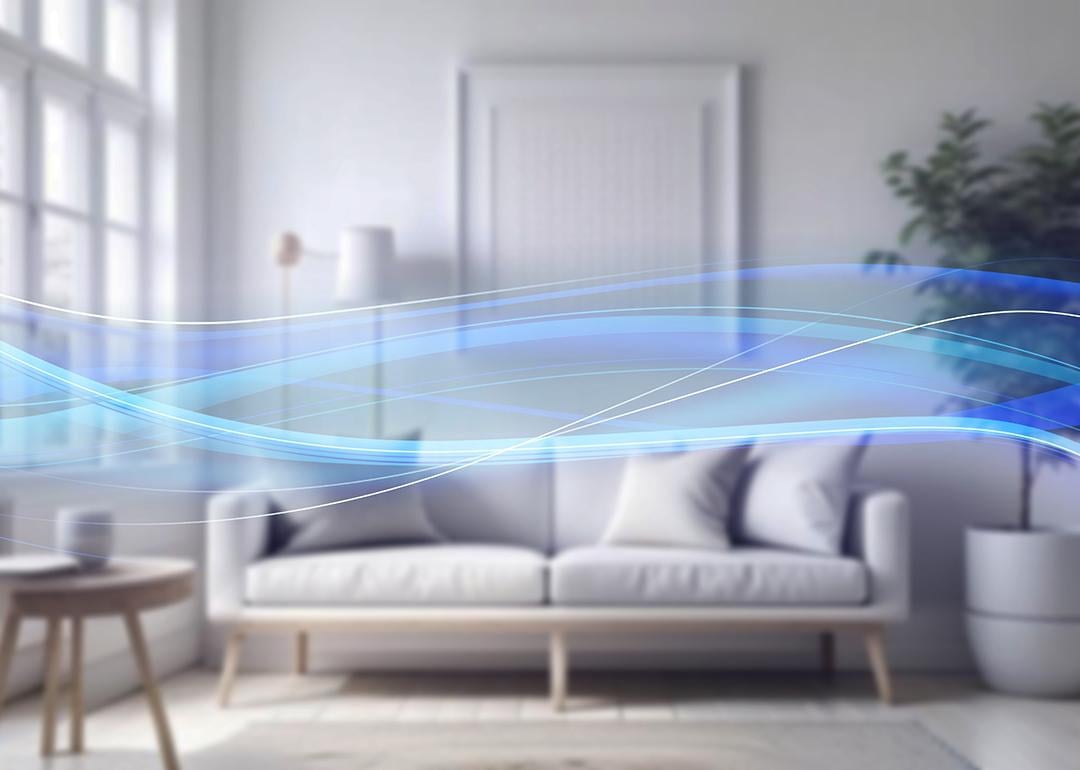
Smells like trust: Why sensory cues shape public perception of indoor air quality
Smells like trust: Why sensory cues shape public perception of indoor air quality
When it comes to indoor air quality, perception often begins with the senses. The latest research shows that Americans pay close attention to what they can smell or see in a room, relying on those cues to decide whether a space feels safe. The nose, it turns out, knows—or at least it leads the way.
The 2025 Indoor Air Quality Perception Report, published by GPS Air, a provider of indoor quality solutions, found that unpleasant odors outweigh even a known virus as a deterrent. Conducted in May 2025 by the third-party platform Pollfish, the survey of 1,000 U.S. adults revealed that 41% said bad smells would prevent them from returning to a public space, compared to just 34% who cited a virus outbreak.
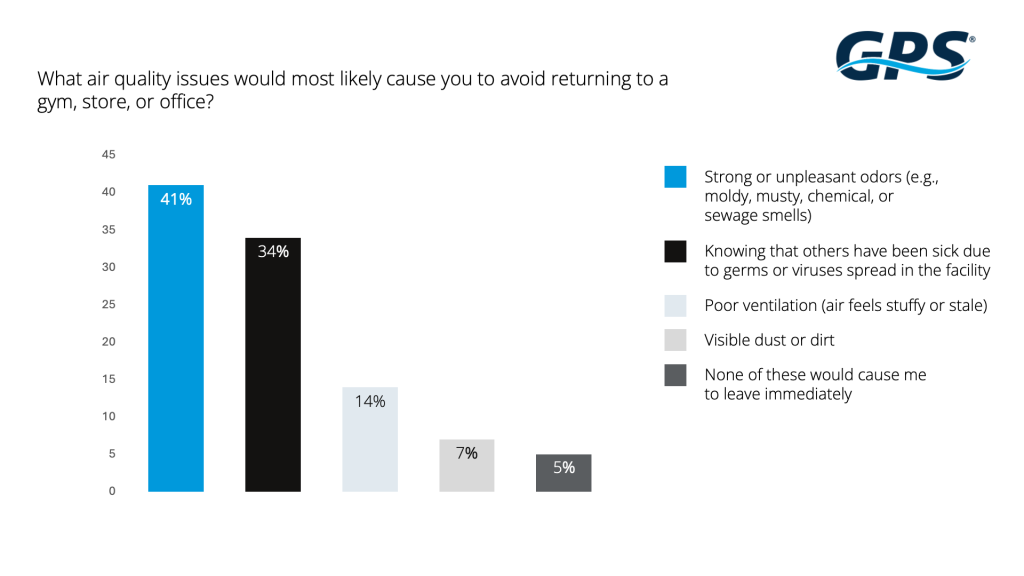
This marks a profound shift in how trust is formed, particularly in a post-pandemic society that remains hyperaware of health risks.
Sensory perception has become the public’s primary filter for deciding where they feel safe. People might not see the air, but they’re judging it every time they step into a store, school, gym, or airport. This new reliance on sensory cues is a powerful behavioral signal for businesses, institutions, and facility operators. It indicates a growing demand not just for clean air, but for confidence in it.
The Invisible Becomes Tangible
The average person doesn’t walk into a restaurant and ask for an air quality report. They notice if it smells fresh, if the air feels stuffy, or if someone nearby is coughing. These immediate, tangible experiences form the foundation of their judgment.
The report highlights that 45% of Americans are most likely to think about air quality when the air smells strange or stale. For nearly half of the population, poor scent, not visible dust or scientific stats, is the first red flag. Even more telling, 48% said odd smells or stuffiness would make them suspect that something is wrong with a building’s air. Only 28% said the same about someone coughing, and just 13% were influenced by their own allergic reactions.
This underscores a reality businesses must accept. When people sense that there are air quality issues, the damage to trust is already done. There may be no warning, no question, and no complaint, just a customer quietly deciding not to return. Businesses that overlook the value of sensory reassurance risk being misjudged, not because they lack proper filtration or monitoring, but because of the absence of signals customers can experience firsthand.
Trust Is Local, Not Global
Another striking insight from the report is the overwhelming preference for home air over shared spaces. More than half of Americans (56%) trust the air in their own homes more than in public places, and only 9% believe public spaces have better air systems.
This trust gap is especially stark in places where people spend significant time or encounter crowds. Hospitals, airports, and schools topped the list of locations where people are most concerned about air quality. The emotional weight of these environments, whether due to vulnerability, density, or reputation, adds to the pressure for visible, reassuring air quality measures.
Even retailers are not immune. Smaller boutiques and big-box stores ranked among the least trusted environments for air quality management. These perceptions are shaping consumer behavior at the checkout counter and beyond.
Air You Can Trust Is Air You Can See
There is, however, a clear path forward. Americans are looking for signals that earn their trust. More than 60% of people said they’d trust a space more if they knew it monitored indoor air quality, and 65% believe air scores should be publicly displayed, much like restaurant health grades.
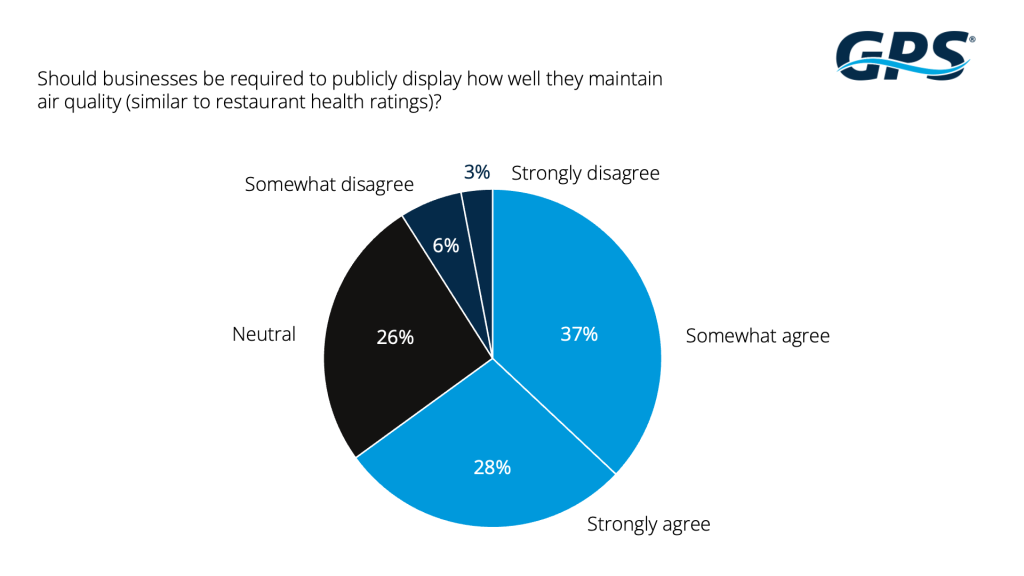
This call for transparency reflects a demand for reassurance, not just results. People want visible proof that clean air is a priority. From wall-mounted monitors to posted filtration ratings, the demand for ambient validation is growing. When indoor air quality moves from being hidden in HVAC schematics to being a visible part of the customer experience, businesses gain a competitive edge.
The same is true for indoor air quality in schools, where 77% of respondents want mandatory testing and reporting, and in airports, where 78% say visible clean-air efforts would make them feel more comfortable. Even the workplace is under the microscope, with 53% of people saying better-smelling air boosts their productivity and focus.
Clean Air Drives Behavior
Trust in air quality is now an active decision driver. Two-thirds of Americans say they would switch gyms for better air filtration, even if it came with a higher cost. A similar number say they would choose restaurants, cafes, or hotels based on advertised air quality efforts.
Businesses should look at indoor air quality as an opportunity. The brands that embed clean air into their customer experience are earning loyalty, advocacy, and repeat visits. Those that treat it as an afterthought risk losing revenue, reputation, and trust.
A New Standard for Shared Spaces
The report’s findings paint a clear picture: People are no longer content to assume the air they breathe is safe. They want to sense it. They want to see proof. They want to know that the spaces they inhabit are being actively maintained with their health and comfort in mind.
This shift is not temporary. Nearly 7 in 10 respondents said recent crises, from wildfires to disease outbreaks, have made them more mindful of their indoor air.
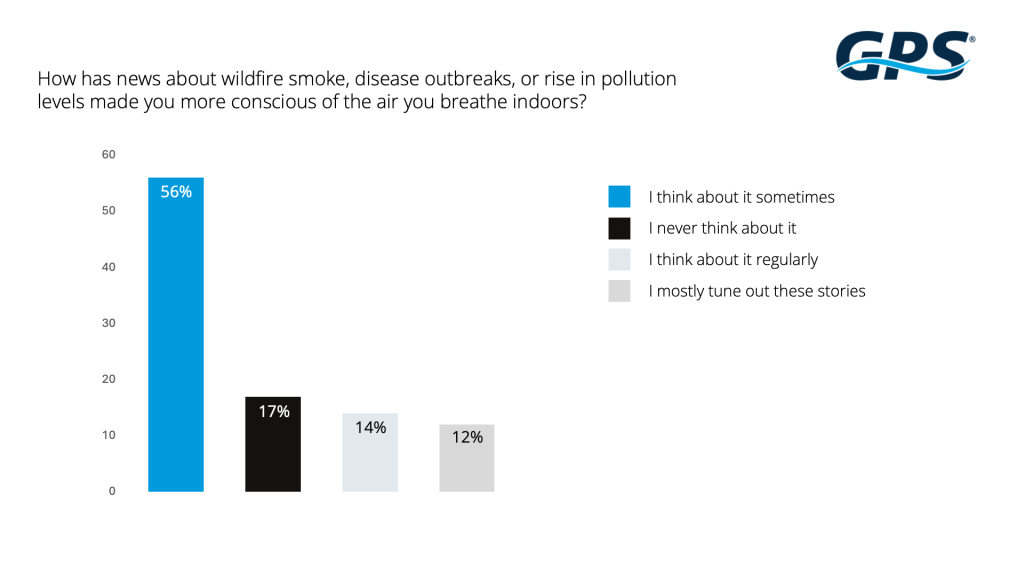
Air quality is now a permanent part of the public’s safety radar. People are thinking about the air more often, asking more questions, and forming stronger opinions about where they feel secure.
Businesses that rise to meet this expectation will build safer environments and lasting trust. The key lies in aligning operational excellence with sensory experience. Clean air has to feel clean. It has to smell clean. It has to be communicated in ways that reassure and resonate.
Closing the Confidence Gap
Perception may not always align with scientific fact, but it shapes behavior all the same. In the absence of visible data, perception drives people to assume the worst. For companies across retail, education, hospitality, and beyond, this means indoor air quality must graduate from a background function to a visible feature.
When the air feels fresh, when it smells clean, and when people see that it's being monitored, they believe in the space around them. They trust that it’s safe to stay, work, shop, and send their children.
That trust has to be built through intention, visibility, and a clear signal that clean air is a promise every space must keep.
This story was produced by GPS Air and reviewed and distributed by Stacker.

